If you are wondering about the differences between Snuza vs Levana vs Owlet baby breathing monitor, then this article is for you.
Baby breathing and movement monitors can give parents peace of mind by tracking a baby’s vital and sending out alerts promptly. Thanks to technology, parents today don’t need to live in fear or the unknown when they are not by their babies’ side.
The most popular baby breathing and movement monitors today are Snuza Hero SE Baby Breathing Monitor, Levana Oma Sense Baby Breathing Monitor, and Owlet Smart Sock 3 Baby Monitor.
In today’s article, we will take a close look at these monitors and help you pick the best one. As always, you can jump to the COMPARISON section or the PRODUCT REVIEW section directly. Let’s dive right in.
Our Final Verdict
Most Lightweight: Snuza Hero SE Baby Breathing Monitor
Less than half a pound, small, wifi-free
Best Budget: Levana Oma Sense Baby Breathing Monitor
Contactless, vibrates to rouse the baby, no connection needed
Most Advanced: Owlet Smart Sock 3 Baby Monitor
Gives exact reading, tracks baby’s sleep pattern, you can monitor baby remotely
Popular Types of Baby Monitors Available Today
We have covered extensively about baby monitors in many articles. Before you choose between Snuza vs Levana vs Owlet baby breathing monitors, it might worth taking a step back and understand all types of baby monitors available today.
Sound Only Baby Monitors
A sound-only baby monitor only tracks a baby’s sound and cry. It usually doesn’t have a display screen and doesn’t require wifi connections. The most popular audio-only baby monitors are the VTech DM series.
Non-Wifi Video Baby Monitors
Non-wifi video baby monitors give you the ability to view and watch your child through a display screen. The advantage of this type of monitor is that they don’t need to connect to a network. Therefore, they are generally more stable and less prone to hacking. The greatest limitation is that you have to be inside or near the house in order to use the monitor. Some of the most popular non-wifi video baby monitor brands are Infant Optics and Eufy.
Wifi Video Baby Monitor
Wifi-connected baby monitors also give you the ability to watch your baby via a screen. The greatest advantage of a wifi baby monitor is that it can connect with your cellphone. Therefore, you can get alerts or watch your baby even when you are in a grocery store or at the office. The downside is that they are generally expensive and easier to breach.
Smart Baby Monitor
A smart baby monitor is a video monitor that is capable of measuring the baby’s vitals such as breathing, pulse, or heart-rate. Some such monitors require the baby to wear an extra device such as a smart vest or smart sock, while some can monitor the baby directly using the camera lens.
The monitors we are comparing today: Snuza vs Levana vs Owlet are all smart monitors that can monitor a baby’s breathing.
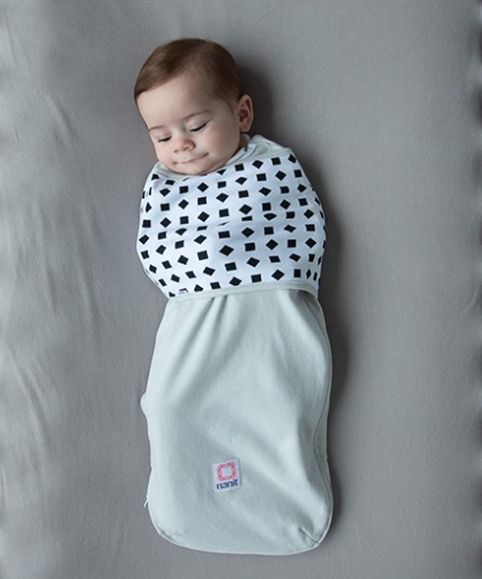
Why Should You Consider A Baby Breathing Monitor?
Whether to get a baby breathing monitor is a personal choice. Some parents cannot sleep without one because they worry about SIDS (Sudden infant death syndrome), while some think it’s unnecessary because the monitor can only send alerts but not necessarily intervene.
So to decide whether you should get a breathing monitor or not, let’s first understand its pros, cons, and limitations.
A baby vital monitor can raise the parents’ attention when the baby may be in danger. It gives a chance for caregivers to respond promptly when there is an emergency. Additionally, the monitoring can help alleviate parents’ stress when they are not around the baby. The psychological effect alone might be a major benefit to many parents.

However, on the other side of the coin, a baby breathing monitor can give parents a false sense of security if it malfunctions or losses its accuracy.
Besides thinking about whether you should get a breathing monitor, it’s also important to consider how you should respond to an alert if it happens. We recommend that you consult with your pediatrician before getting a breathing monitor.
Important Features to Consider When Comparing Snuza vs Levana vs Owlet Baby Monitors
If you are certain that you want to get a smart baby monitor to track your baby’s breathing, then Snuza vs Levana vs Owlet are the ones to consider. Here are some tips when evaluating these three baby monitors.
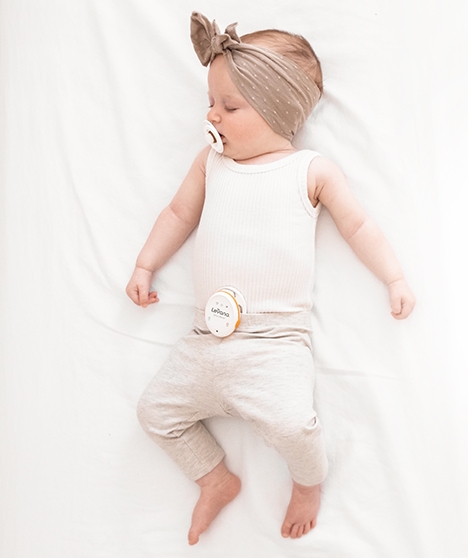
Comparison of Snuza vs Levana vs Owlet baby breathing monitor
In this section, we will list the similarities and differences between Snuza vs Levana vs Owlet baby monitors using the factors we listed above.
1. Tracking Capabilities
Similarities: Both Snuza and Levana baby monitors can track an infant’s breathing movements.
Differences: Both Snuza and Levana baby monitors use a sensor to detect a baby’s breathing movements. If the device cannot detect breathing movements for 15 seconds, it will vibrate gently to try to rouse the baby. If the monitor fails to stimulate the baby after another 5 seconds, it will trigger an alert to raise your attention.
Owlet tracks a baby’s vital through monitoring the baby’s oxygen level and heart rate. Unlike Snuza and Levana, Owlet gives you visibility to the exact reading. Therefore, it can also tell if there are irregular breathing patterns. You can read the real-time heart rate in BPM and oxygen level in O2 percentage on your phone.
Additionally, Owlet can track your child’s sleep quality such as number of wakings. This can help you understand whether your baby has gotten enough high quality sleep.
Comparing to Snuza and Levana, Owlet gives you more visibility.
2. Tracking Device
Similarities: Both Snuza and Levana baby monitors need to be clipped on a baby’s diaper or pants. Additionally, all three monitors are cordless
Differences: Snuza and Levana baby monitors use a similar technology to detect a child’s breathing. These tracking devices are cordless and portable. All you need to do is to clamp it on your child’s diaper near your child’s belly button.
The difference between Snuza and Levana is that Levana baby monitor doesn’t have to be in contact with your child’s skin. This is especially useful for babies with sensitive skin.
The downside of Snuza and Levana is that they may make it uncomfortable for babies who sleep on their stomachs. These devices are also easier to fall off as well.
Now let’s take a look at Owlet Smart Sock 3. Owlet tracks a baby’s movement through a sock-like device that can be wrapped around the baby’s foot. It is more secure than Snuza and Levana as it doesn’t get loose easily.
Because Owlet sock is a wearable device, you also need to change the size of it as your child grows. The good news is that the Owlet Smart Sock 3 package includes two sizes that are suitable for infants below 12 pounds and between 12 to 30 pounds.
The downside of Owlet is that it must be in contact with your child’s skin. Though the material of the device is soft and gentle, it is not as breathable as regular socks. We have talked with a few parents who said Owlet socks irritated their baby’s skin, especially in humid weather.
In terms of weight, Snuza weighs 5.6 ounces, Levana weighs 10.2 ounces, and Owlet weighs 1.03 pounds.

3. Connectivity
Similarities: Snuza and Levana baby monitors don’t require wifi or Bluetooth while the Owlet sock must be connected through wifi.
Differences: Snuza and Levana baby monitors are non-connected. That means it doesn’t need to pair with a Bluetooth device or the wifi network. This is one of the main reasons that many parents prefer this type of monitor over connected ones.
Owlet breathing monitor must be connected through wifi. Connectivity means dependency. Therefore, the proper usage is not only dependent on the wifi network in your house but also on the signal and battery level of your phone.
To reduce the dependency, Owlet Sock 3 includes a base station that can notify you when the reading levels are outside the normal range even when the wifi in your house stops work.
4. Power Source
Similarities: Snuza and Levana baby monitor cannot be charged. They come with batteries.
Differences: Both Snuza and Levana breathing monitors run on CR 2450 3V lithium coin battery. Neither of them can be charged. Therefore, once the battery runs out, you can open up the battery box and replace it with new ones.
The difference is that Snuza requires one battery while Levana requires two. This also explains why Levana weighs a little more than Snuza. However, Levana doesn’t run on both batteries. One is required to power the device while the other is a spare.
Owlet sock needs to be charged using a wireless charging pad. It takes 20 minutes to get eight hours of battery life and 90 minutes to get 16 hours of battery life. Considering that newborns spend most of their time sleeping, be prepared to charge the sock daily or even twice a day.
5. Parent Unit
Similarities: Snuza and Levana doesn’t come with a parent unit.
Differences: Both Snuza and Levana are stand-alone baby monitors that send out alerts right through the device. The limitation is that you have to be close enough to hear the alert. That means you can’t stay too far away from the baby.
Since Owlet is a connected device, you can download the Owlet sock application on your phone or tablet to view the statistics or receive alerts. Owlet also includes a base unit that you can place on the table so that the entire family can hear or see the alerts.
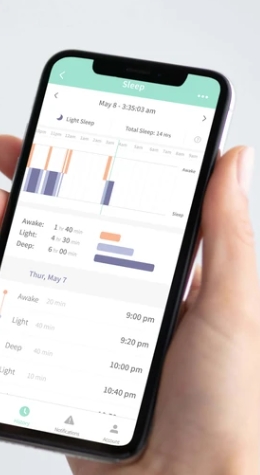
6. Alerts
Differences: Both Snuza and Levana will vibrate to try to rouse the baby once it detects no breathing movement for 15 seconds. Additionally, they will beep and flash a bright red light (for Snuza) or blue light(for Levana) when it detects no breathing movement for 20 seconds.
Snuza and Levana also beeps when the battery level is low.
Owlet baby monitor sends out an alert when the baby’s readings are not within the “safe” zone, which is 60 bpm to 220 bpm for the heart rate or 80% to 100% for the oxygen level.
Unlike Snuza or Levana, Owlet cannot vibrate to try to wake the baby.
Which One Is the Best: Snuza vs Levana vs Owlet baby breathing monitor
So which baby breathing monitor is right for you? In terms of pricing, Levana costs around $60, Snuza costs around $100, and Owlet sock costs almost $300.
Our recommendation is that Levana Oma Sense Baby Breathing Monitor is the best option if you are looking for a baby breathing monitor that is contactless, reliable, and inexpensive. Snuza Hero SE Baby Breathing Monitor is the best option if you are looking for the most lightweight baby breathing monitor that is also inexpensive.
Lastly, for parents who prefer actual readings of a baby’s vital or need to monitor the baby even when you are outside the house, then Owlet Smart Sock 3 Baby Monitor is the best option.
Product Reviews
1. Snuza Hero SE Baby Breathing Monitor
Top Pros:
Top Cons:
Snuza Hero SE is a portable baby movement monitor that is simple to use and maintain.
As a stand-alone baby breathing monitor, Snuza doesn’t to be connected to a wifi network. It can be clipped onto a baby’s diaper to detect the infant’s breathing movement from her belly. Since it doesn’t have a parent unit, you will hear the alert directly from the device or see a bright flashing light when something is wrong.
Snuza is one of the most lightweight baby breathing monitors on the market today. It weighs less than half a pound. This makes it comfortable to wear and easy to carry around.
The downside of Snuza is that it comes loose easily since it’s secured by a clamp.
Who Is It for?
Snuza Hero SE Baby Breathing Monitor is for parents who are looking for a lightweight, simple, and inexpensive baby breathing monitor.
Production Specifications
- Dimension: 2.02 x 0.93 x 2.79 inches
- Weight: 5.6 ounces
- Power Source: Battery (included)
- Connectivity: None
- Parent Unit: None
- Alert: No breathing for 20 seconds, low battery
2. Levana Oma Sense Baby Breathing Monitor
Top Pros:
Top Cons:
Lavena baby breathing monitor is one of the least expensive breathing monitors on the market today. But it has almost all the features that its closest counterpart Snuza has.
Like Snuza, Lavena monitors a baby’s breathing movement and vibrates if it detects no breathing for 15 seconds. If it fails to stimulate the baby, the device will beep and flash to get the parents’ attention.
Lavena is also very low maintenance. It doesn’t require wifi, a charging station, or extra parts.
The advantage of Lavena comparing to Snuza is that Lavena takes two batteries so that it can last much longer. The associated downside is that it weighs 50% more than Snuza and is much bulkier.
Another benefit is that Lavena doesn’t need to be in contact with your child’s skin. Your baby can wear it on a shirt or onesie. This can avoid skin irritation and prevent excessive sweating.
Who Is It for?
Levana Oma Sense Baby Breathing Monitor is for parents who want a contactless baby breathing monitor that is low-maintenance and inexpensive.
Production Specifications
- Dimension: 3.6 x 7.8 x 5.8 inches
- Weight: 10.2 ounces
- Power Source: 2 coin batteries (included)
- Connectivity: None
- Parent Unit: None
- Alert: No breathing for 20 seconds, low battery
3. Owlet Smart Sock 3 Baby Monitor
Top Pros:
Top Cons:
Comparing to Snuza and Levana, Owlet is a much more well-known brand and you can see their products in almost all baby product stores.
Owlet Smart Sock 3 is a much more advanced and complex monitoring device that has its own pros and cons.
The apparent benefit is that the Owlet baby breathing monitor can give you the exact reading rather than simply telling your something is wrong. You can read your child’s heart rate and oxygen level from the convenience of your mobile phone.
Additionally, you can pair the Owlet Sock with Owlet Smart Baby Monitor in order to monitor your baby’s sound and movement.
To reduce the dependency on wifi signals, Owlet comes with a base unit that can send out alerts even when the wifi is disconnected. The base unit also makes it possible for other family members to be notified when things go wrong.
The most obvious limitation of Owlet is that it must be in contact with your baby’s skin. It’s not an issue for most parents but can cause skin irritation for sensitive babies.
Additionally, Owlet costs almost five times more than Levana. Most parents stop using a breathing monitor when the baby turns 6 months. Owlet can be used until your baby is 18 months. The question is whether it is necessary to keep using it for that long.
Who Is It for?
Owlet Smart Sock 3 Baby Monitor is for parents who want to see extract readings or those who need to use the monitor when not at home.
Production Specifications
- Dimension: 7.83 x 5.63 x 3.39 inches
- Weight: 1.03 pounds
- Power Source: Rechargeable battery
- Connectivity: Wifi
- Parent Unit: Phone or the base unit
- Alert: Reading outside “safe” range
Final Words
Getting a baby breathing monitor can help reduce a parent’s stress and fear of the unknown. For parents who prefer something simple, easy to use, and inexpensive, Levana Oma Sense Baby Breathing Monitor is the best choice. If you prefer a monitor that is lightweight and small, then Snuza Hero SE Baby Breathing Monitor is the one to go with.
For parents who want more advanced features such as the actual readings of a baby’s vital, or to monitor the baby when you are not at home, Owlet Smart Sock 3 Baby Monitor is an excellent choice if you don’t mind the price.

Cecilia Yeung is a successful entrepreneur and product researcher. She has a background in psychology and children’s education. As a working mother of two, she loves to write about children’s education and development.

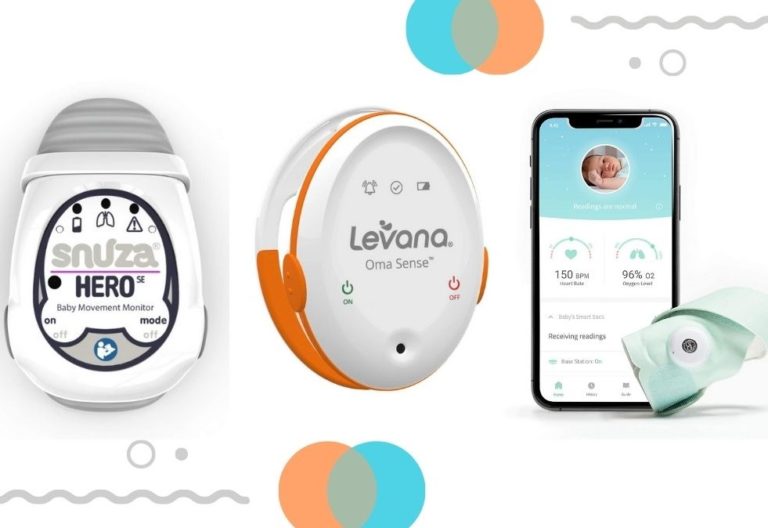




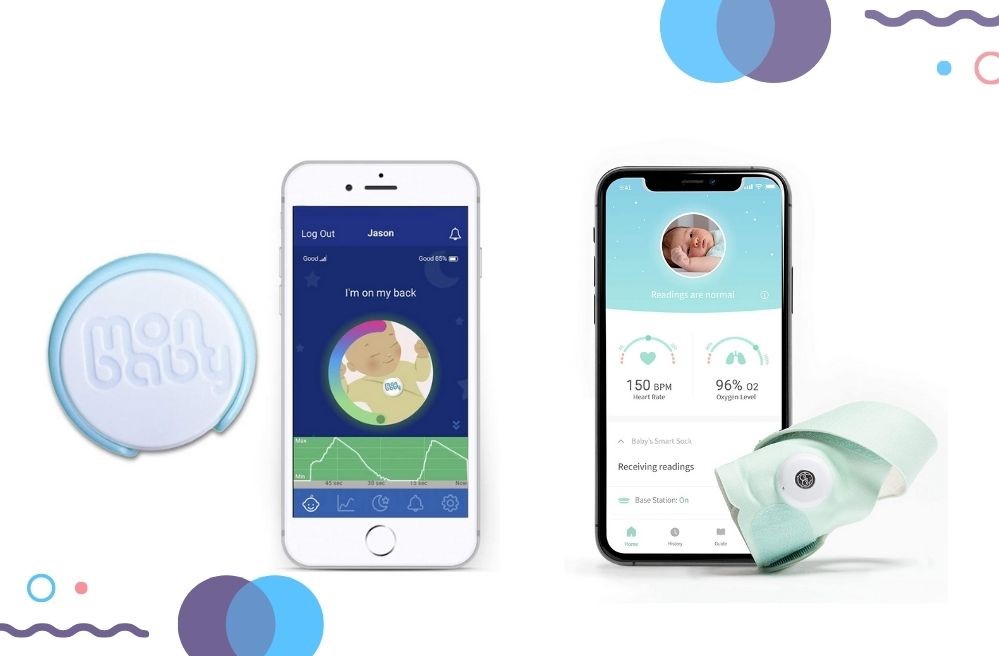
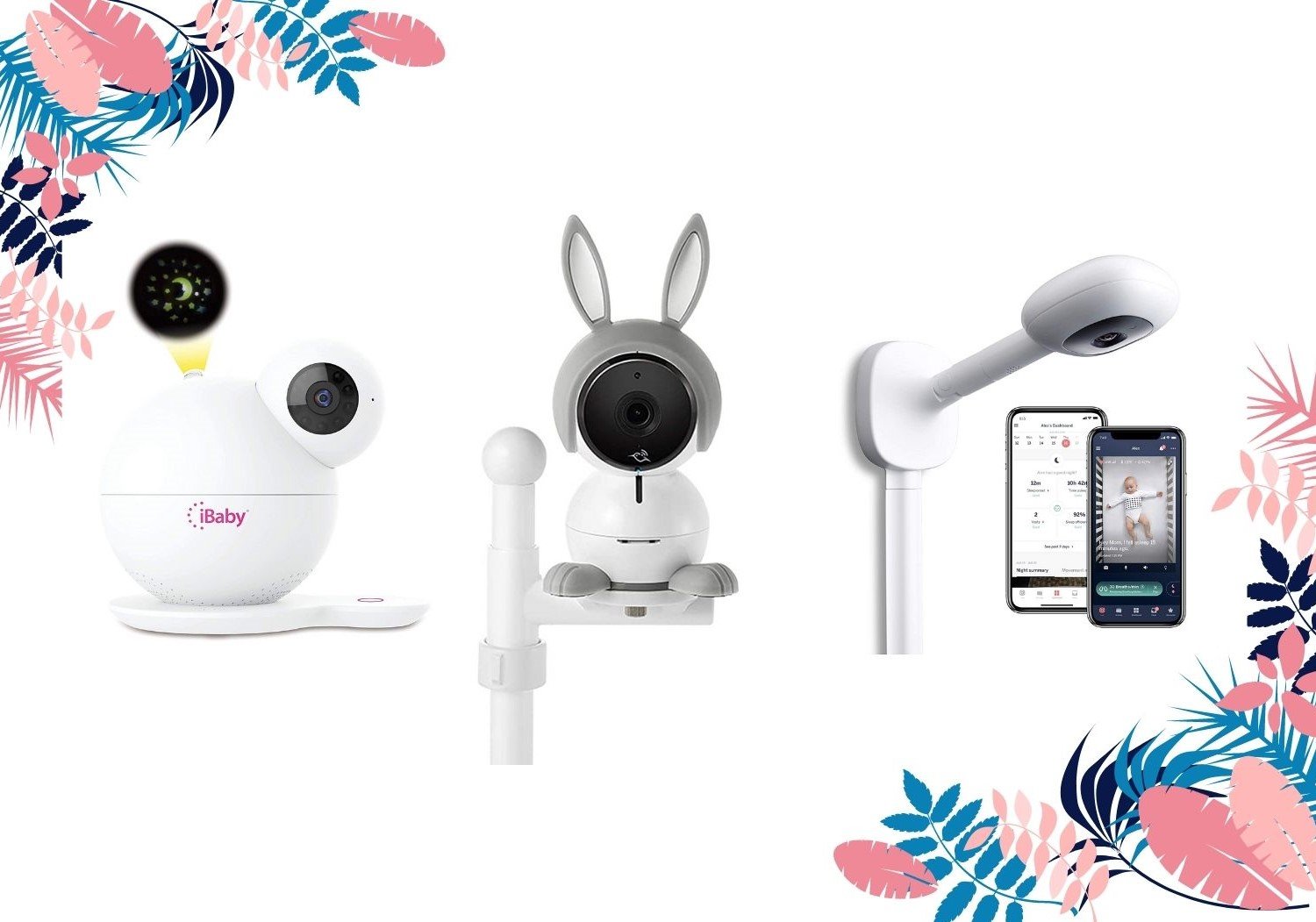

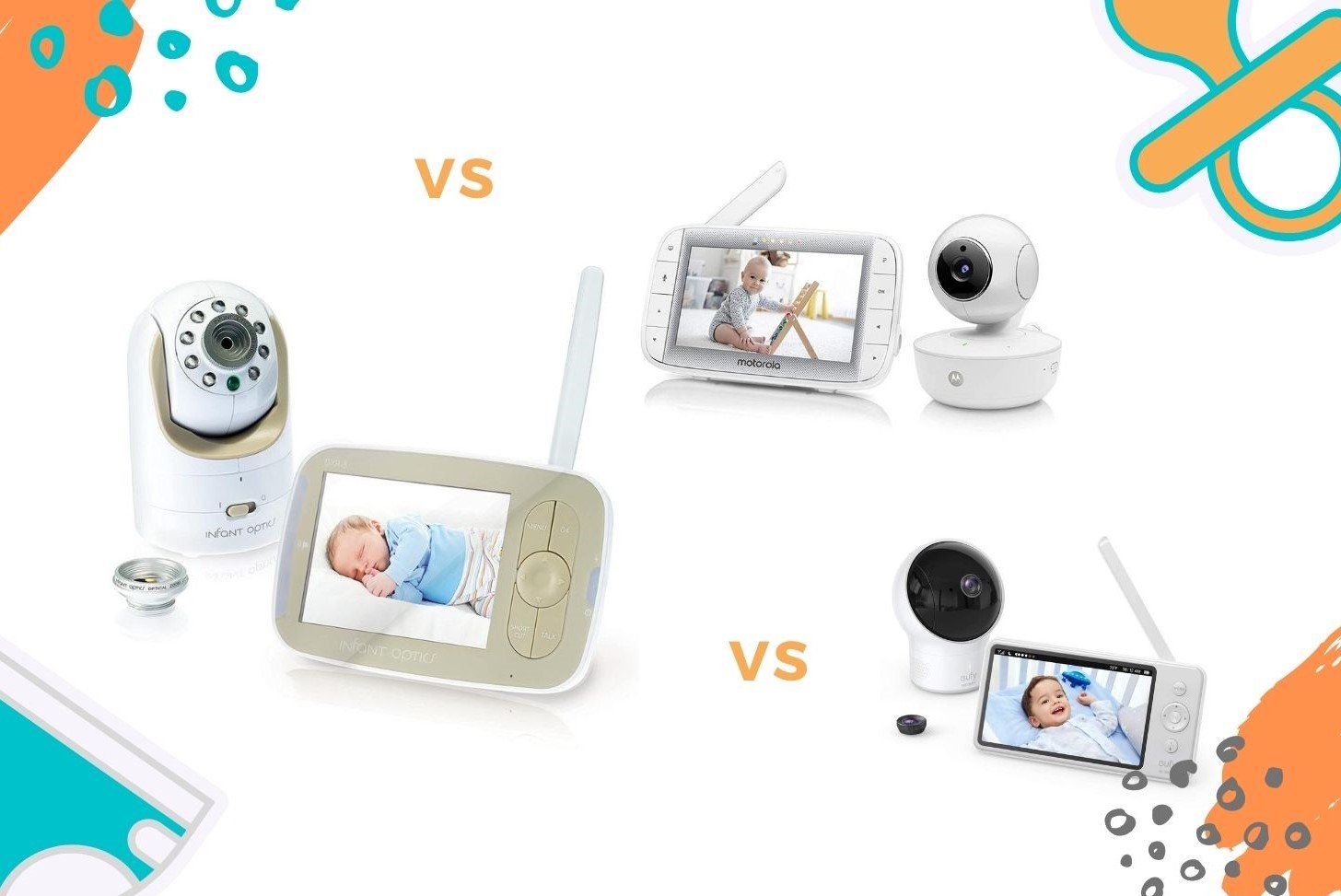
![Best Baby Monitor for Travel in [current_year] 19 Best Baby Monitor for Travel](https://littlediscoverer.com/wp-content/uploads/2022/01/bastien-jaillot-eJwSOguD1rE-unsplash.jpg)